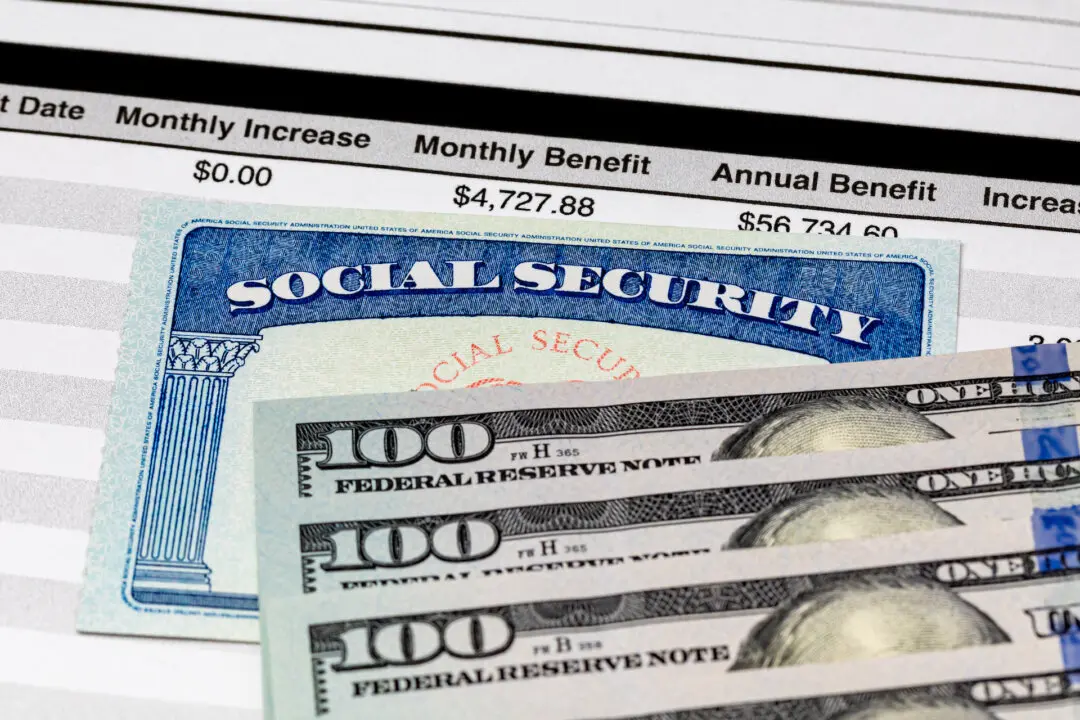I bet that in the past 27 years, I have written hundreds of columns explaining spousal and widow benefits that are available to women on a husband’s Social Security account. And usually, if I have enough space, I try to squeeze in a line that says the same benefits are available to husbands and widowers, even though I know those benefits to men are rarely paid.
Why is that so? Because a woman’s Social Security benefit is almost always smaller than her husband’s benefit. And that happens for numerous reasons, but mostly because women tend to take time out of the paid labor force (and thus time away from paying Social Security taxes) to raise children. So a woman is much more likely to qualify for extra benefits off of a husband’s Social Security record.






